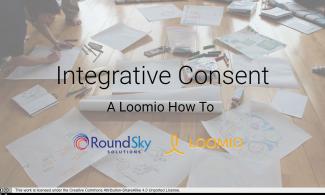
How To Make Better Decisions as a Group
cross-posted from the Round Sky Solutions blog.
The world seems to move faster every day. Every second counts as we try to balance our work and social lives all while dealing with the big challenges that loom over humanity as a whole.
With so many plates to juggle, it is easy to feel paralyzed by even the simplest decisions and that effect is only magnified when we are working as a team. In this article, we begin a series of simple step-by-step guides for better collective decision making in any group, and especially for remote groups.
Rewriting the rules
Until recently, most of the world’s organizations and systems have functioned primarily through top-down leadership where a small group of people make decisions for a larger group. Switching to collective decision making, where every member has a voice, can be challenging – especially if the transition is made without a clear process in place. That’s why every group should create a clear outline of their decision-making flow.
To do this, ask your group questions like:
- When will we know that the decision-making process is over? How can we make sure that it doesn’t fail or go on too long?
- What kinds of things do we need to decide as a group and what can be decided on an individual level?
- How can we make sure that every voice is heard — especially those who will be most affected by the decision?
- How can we be sure that dominating personalities don’t overpower the quieter voices?
- How can we make sure the decision-making process is recorded so that there is no need to rehash the same decision more than once?
Face to face or Online?
Another thing to consider is whether your group wants to make decisions in person or through an online platform. We encourage groups to move at least some of their process online (especially if they’ve done the work to have a clear decision-making process) because it offers the following benefits:
- less time pressure in meetings, leaving more time in meetings for important conversations
- more thoughtful and considerate decisions as participants have time to sleep on it
- a clearer and more accessible record
- encouraging leadership and team development by making the process visible and accessible to a variety of learning styles
Consent-based decision making
There are many different kinds of collective decision-making processes, but we’ve found that Integrative Consent – a model developed by, us, Round Sky Solutions – is often the simplest and most effective starting place for a team wanting to restructure their decision making. As we outline this process for you, please view it as a template that can be adapted to fit your unique team.
The goal with Integrative Consent is to build and practice a clear decision-making process that can be reliably replicated for efficient and effective collaborative decision making.
STEP 1: Proposal
This step is best done in writing so that there is no ambiguity and it’s easier to keep the details of the proposed idea in mind. The person who brings the item forward is called the proposer. It’s also a good idea to set someone up as a facilitator who can help the proposer do their job efficiently, checking in with them to see if they have enough information to craft and refine their proposal. Once the proposal is in writing, onto step two.
STEP 2: Comments and Questions
Step two is a round for questions and comments. This can include asking clarifying questions, sharing new information, and suggesting better ideas for the proposal. If there are questions, the proposer is typically the first to answer or delegate them to others. During this step it’s very important for the proposer to be listening carefully and paying close attention to what’s being shared for anything that they would like to change about their proposal, which is the third step. If you are facilitating this process synchronously, it’s important to keep this as a round (a discussion style where one person shares at a time as requested by the facilitator) instead of an open discussion.
STEP 3: Amend
In this step, the proposer makes written changes to the proposal based on the input they received in step two. The proposer doesn’t have to amend anything or respond to everything shared in step two. Their job is to change what they feel would be best on behalf of the whole team, not just personal preferences.
STEP 4: Integration
During this phase, all team members are invited to present any objections they have to the drafted proposal. Before you begin this step, it’s a good idea to set clear guidelines with your team and discuss which kinds of objections are helpful and which are not. We call these validation criteria and it will help keep your team from wasting time, making bad calls or reaching dead ends in the discussion.
Your group will likely want to agree on the criteria that work best for you, but we think you might find these basic ones useful to get started:
Once all of the objections have surfaced and been validated, you can really begin integrating. Your proposer should pick one objection at a time and work with the objection holder to integrate it. If this proves at all tricky, then an open discussion with the group is recommended. Integrations can either mean new clarity or understandings, or an amended version of the proposal. This process is repeated for all objections, remembering that new objections may be raised as you change the proposal. When there are no further objections, the proposal has passed.
Here’s how to practice Integrative Consent on Loomio:
The most important thing to remember when you are using Integrative Consent, is that you should be aiming for decisions that are safe to try. It is unlikely that your team will make the perfect decision every time but by opening the door for your entire team to weigh in you will maximize your brainpower and arrive at a workable solution faster than you could have alone.
More Resources: Video, Full-length guide, and More!
Learn the above basics via our video (coming soon!) or read the comprehensive article. Take a few extra minutes to get a stronger grasp and improve your consent process via more nuances, examples, and common pitfalls:
Comprehensive article: Consent decision making: a guide to Integrative Consent by Loomio and Round Sky
– – –
Want more on Integrative Consent, including a demonstration video of the process in action? Check out Round Sky’s free Cooperative Decision-Making Toolkit.
If you think this could help, share it with your team and try it for free on Loomio. We hope to play a part in your team’s next step towards better collaborative decision making.
Happy world-changing to you and your groups!

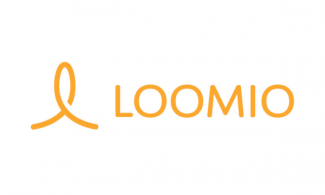
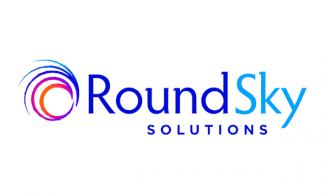
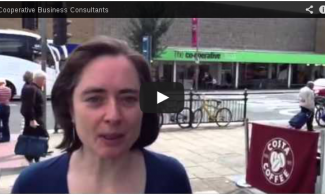
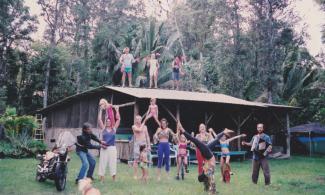
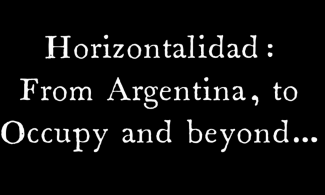
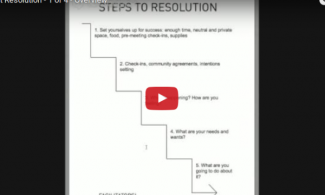
Add new comment